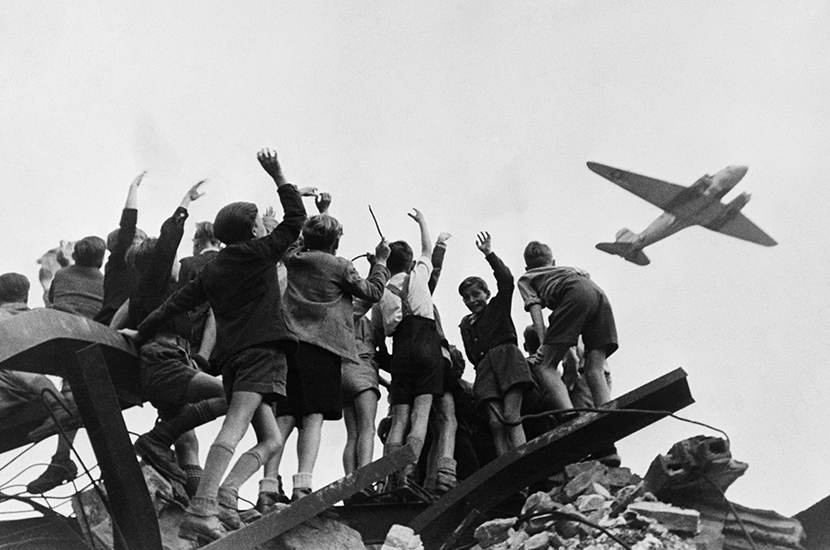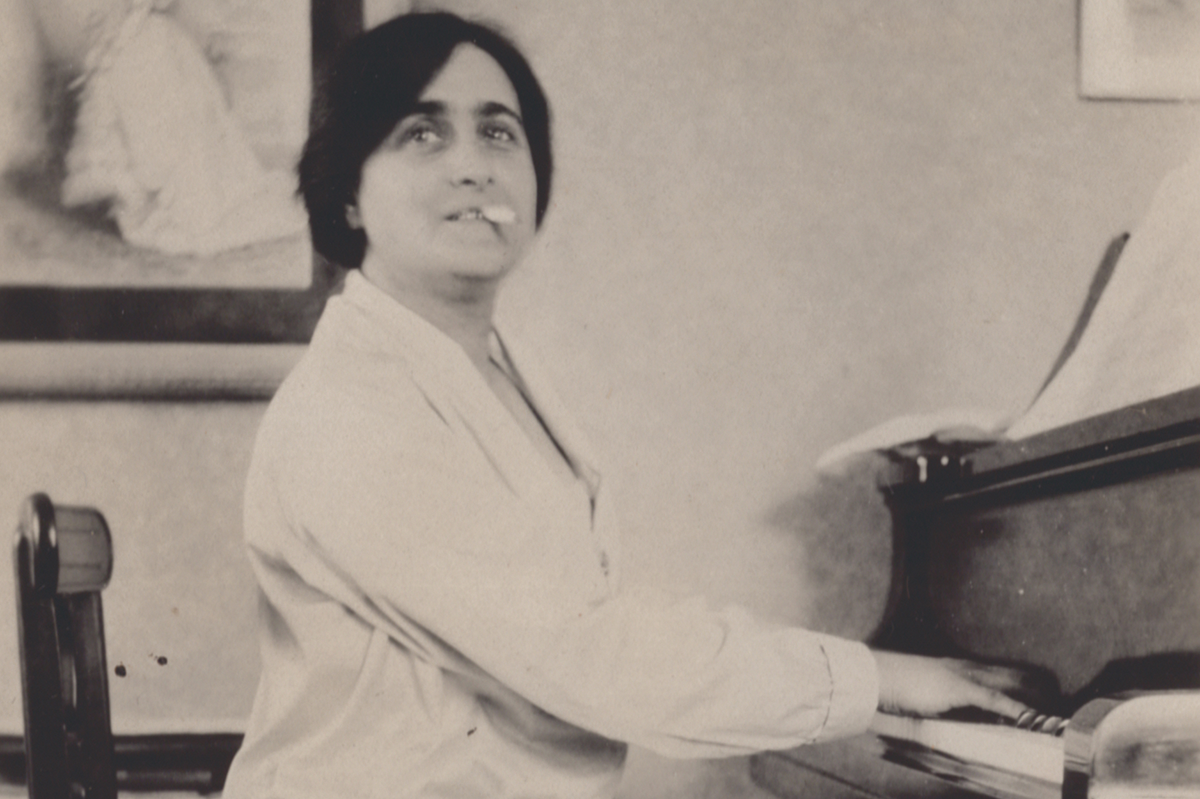When did the Cold War start? Not when World War Two ended. There were many differences between the Soviet Union and its western allies, but they did not then seem insuperable. It was not obvious that the post-war world would be divided by ideology. On the contrary, the victorious United Nations hoped for an era of peace. The Americans planned to pack up and leave Europe as soon as possible.
The future of Germany had been decided before a single Allied soldier had crossed onto German soil. Meeting at Tehran in November 1943, the Big Three — Roosevelt, Churchill and Stalin — had agreed that defeated Germany would be under military rule, divided into three zones of occupation, one each for America, Britain and Russia. Later France would be admitted to this triumvirate. The same principle was to be applied to Berlin. But the former capital of the mighty Nazi empire would be marooned deep in the Soviet sector, an island in a Soviet sea.
Giles Milton, the author of Nathaniel’s Nutmeg and Churchill’s Ministry of Ungentlemanly Warfare, is a skillful storyteller. His latest book, vivid and pacy, chronicles the first four years of the Berlin occupation through the first-hand accounts of the individuals involved. One stands out: Col. Frank Hawley, deputy commandant and then commandant of the American sector, a combative, rumbustious Texan, who defied his more cautious superiors by adopting a policy of ‘aggressive neutrality’ towards his Soviet counterparts.
By the spring of 1945 Berlin was in ruins, pulverized by bombing and artillery bombardment. Occupying Allied soldiers were stunned by the devastation. If this were not enough, the Russians had looted everything they could carry, even stripping out the plant that controlled the water and electricity supply. They had ripped the very pipes from the walls. The city’s beleaguered population stayed alive on scraps of food, keeping warm by burning firewood scavenged from the rubble. There were few young women who had not been raped by the soldiers of the Red Army. Only a handful of young men remained, many of them maimed in the fighting.
The occupying forces set about reconstruction. The electricity and water supplies were restored, the hospitals were rebuilt and the U-Bahn began running again. Starvation was averted, but rations for ordinary Berliners were pitifully low, while the occupiers had more than they could consume. An army-issue corned beef sandwich was enough to lure many a hungry fräulein into bed. In the bars and clubs that sprang up almost overnight to play host to the incomers, the drinks were expensive and the girls cheap. Corruption was rampant. Spies, gangsters and black marketeers flourished. Neither side had much compunction about recruiting former Nazis. The staff of Radio Berlin, until recently the mouthpiece of Goebbels’s propaganda, remained in place: ‘They just changed the colors of their shirts.’
There had been trouble between the occupying powers right from the start; the Soviets tried to restrict the number of American soldiers allowed into the city. But even once the Americans and the British were established and had begun to bring some kind of order to their sectors, there was constant tension with the Russians, with sporadic gunfire after dark. In response to obstruction and even outright hostility from the Soviets, the other occupiers merged their administrations, becoming first ‘Bizonia’ and then ‘Trizonia’. Relations with the Russians continued to deteriorate, culminating in a Red Army general getting escorted from a railway HQ at gunpoint. There was a danger that serious fighting might erupt.
Had the Russians been willing to risk war, they could have imposed their will on Berlin by force, since their troops vastly outnumbered those of the combined western Allies. Instead they decided to seal off the city, halting all road and rail traffic from the west from June 23, 1948. Henceforth, Berlin was under siege; the only remaining route in or out was by air. Food, fuel and medicines all needed to be flown in.
Hawley estimated the minimum requirements of the two and a quarter million people in the western sectors at 4,500 tons of supplies per day. It seemed impossible that so much could be brought in by plane. Given existing payloads, this would require a flight every 90 seconds, 24 hours a day, in all kinds of weather. Loading and unloading, and subsequent distribution would have to be uninterrupted to avoid blockages; there would be no time for crews to disembark before taking off again. Round-the-clock maintenance would be required to cope with the wear and tear on the planes. Any aircraft that missed its landing slot would have to return to its point of origin with its cargo. And the incoming planes would have to endure harassment from Soviet fighters and incendiary fire, and searchlights trained to dazzle their pilots. Already one British plane had been brought down by a Soviet fighter.
Ernest Bevin, the pugnacious British foreign secretary, was determined not to succumb to Russian pressure. He felt that the very future of western Europe was at stake. In an earlier confrontation he had come close to punching Molotov, the Soviet foreign minister. ‘We must stay in Berlin,’ Bevin declared. Addressing a huge demonstration, the largest in the city’s history, the mayor of Berlin appealed to the people of the world: ‘You cannot, you must not, forsake us!’
Faced with this escalation, the American president announced a dramatic shift in foreign policy which became known as the Truman Doctrine, ‘to support free peoples who are resisting attempted subjugation’. The administration inaugurated the Marshall Plan, a program of long-term economic support for the countries of western Europe. In 1949 a new defensive alliance came into being, the North Atlantic Treaty Organization, with America at its heart. Far from withdrawing, the United States had committed itself to staying in Europe.
The Berlin Airlift was a triumph of logistical planning. At its peak, on Easter Day 1949, a supply plane was landing in Berlin every minute of the 24 hours, bringing in almost 12,941 tons of supplies. After 323 days, the Russians relented and called off the siege.
This was not checkmate, as the standoff in Berlin would continue another 40 years. But it was stalemate, and it felt like a victory.
This article was originally published in The Spectator’s August 2021 World edition.

























